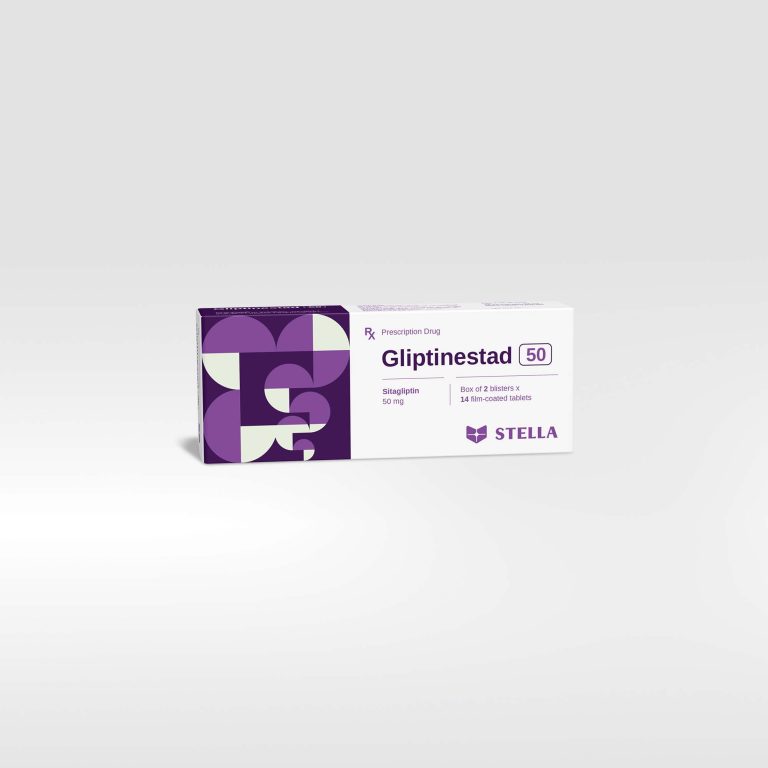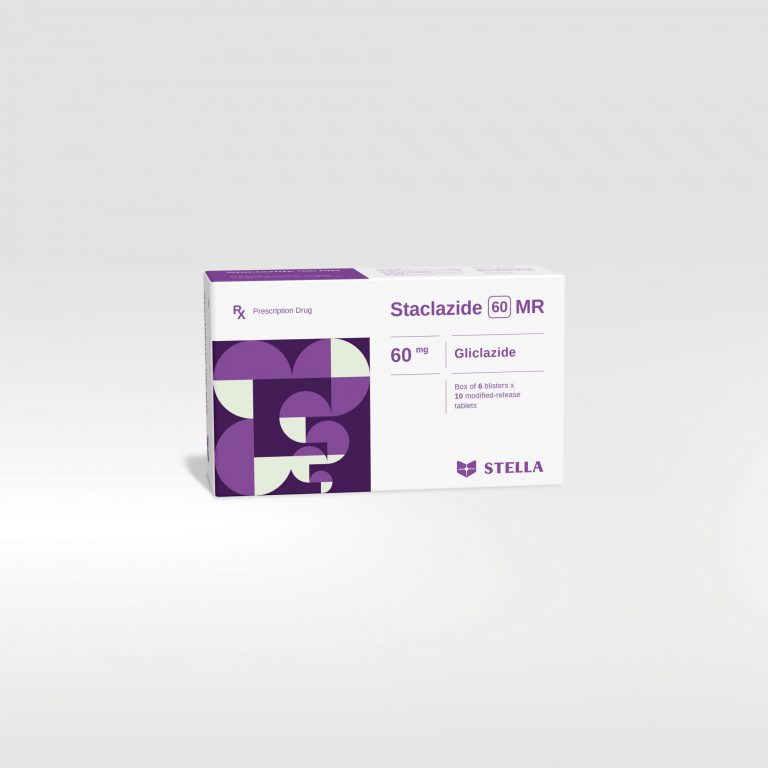Indications
For adult patients with type 2 diabetes mellitus, Gliptinestad 100 is indicated to improve glycaemic control:
- As monotherapy:
In patients inadequately controlled by diet and exercise alone and for whom metformin is inappropriate due to contraindications or intolerance.
- As dual oral therapy in combination with:
Metformin: When diet and exercise plus metformin alone do not provide adequate glycaemic control.
A sulphonylurea: When diet and exercise plus maximal tolerated dose of a sulphonylurea alone do not provide adequate glycaemic control and when metformin is inappropriate due to contraindications or intolerance.
A peroxisome proliferator-activated receptor gamma (PPARγ) agonist (i.e. a thiazolidinedione): When use of a PPARγ agonist is appropriate and when diet and exercise plus the PPARγ agonist alone do not provide adequate glycaemic control.
- As triple oral therapy in combination with:
A sulphonylurea and metformin: When diet and exercise plus dual therapy with these medicinal products do not provide adequate glycaemic control.
A PPARγ agonist and metformin: When use of a PPARγ agonist is appropriate and when diet and exercise plus dual therapy with these medicinal products do not provide adequate glycaemic control.
- Gliptinestad 100 is also indicated as add-on to insulin (with or without metformin) when diet and exercise plus stable dose of insulin do not provide adequate glycaemic control.
Dosage
- The dose is 100 mg sitagliptin once daily. When used in combination with metformin and/or a PPARγ agonist, the dose of metformin and/or PPARγ agonist should be maintained, and sitagliptin administered concomitantly.
- When sitagliptin is used in combination with a sulphonylurea or with insulin, a lower dose of the sulphonylurea or insulin may be considered to reduce the risk of hypoglycaemia.
- If a dose of Gliptinestad 100 is missed, it should be taken as soon as the patient remembers. A double dose should not be taken on the same day.
Special populations
- Renal impairment
When considering the use of sitagliptin in combination with another anti-diabetic medicinal product, its conditions for use in patients with renal impairment should be checked.
For patients with mild renal impairment (glomerular filtration rate [GFR] ≥ 60 to < 90 ml/min), no dose adjustment is required.
For patients with moderate renal impairment (GFR ≥ 45 to < 60 ml/min), no dosage adjustment is required.
For patients with moderate renal impairment (GFR ≥ 30 to < 45 ml/min), the dose of sitagliptin is 50 mg once daily.
For patients with severe renal impairment (GFR ≥ 15 to < 30 ml/min) or with end-stage renal disease (ESRD) (GFR < 15 ml/min), including those requiring haemodialysis or peritoneal dialysis, the dose of sitagliptin is 25 mg once daily. Sitagliptin may be administered without regard to the timing of dialysis.
Because there is a dosage adjustment based upon renal function, assessment of renal function is recommended prior to initiation of sitagliptin and periodically thereafter.
- Hepatic impairment
No dose adjustment is necessary for patients with mild to moderate hepatic impairment. Sitagliptin has not been studied in patients with severe hepatic impairment and care should be exercised. However, because sitagliptin is primarily renally eliminated, severe hepatic impairment is not expected to affect the pharmacokinetics of sitagliptin.
- No dose adjustment is necessary based on age.
- Sitagliptin should not be used in children and adolescents 10 to 17 years of age because of insufficient efficacy.
Usage
- Gliptinestad 100 can be taken with or without food.












